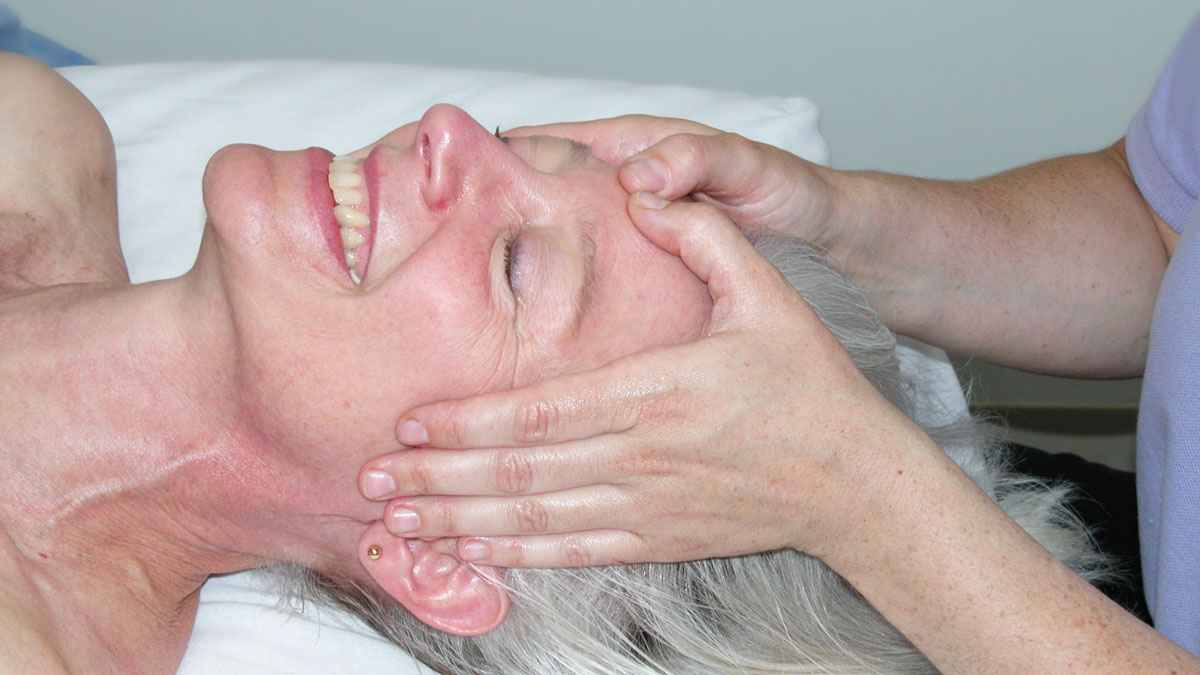It's well-known in the world of craniosacral therapy that emotions trapped in body tissues can lead to pain and other ailments. I discovered this several decades ago when I was a professor and clinical researcher at Michigan State University (MSU), yet the concept is far older still. For centuries, people of Asia, the Middle East, the Baltic regions and numerous island nations have recognized the symptoms of trapped emotions and have practiced various forms of release.
In this day and age, it's more critical than ever for hands-on practitioners to understand the options for releasing trapped emotions. Emotions have a powerful effect on our psyches, as well as our bodies.
Positive emotions generate a sense of lightness and ease of movement. They can manifest as a desire to run, sing, smile and even dance. Negative emotions also generate physical responses. They cause our shoulders to slump, our muscles to contract and our blood pressure to rise. In many cases, the negative emotions that become lodged in the tissues are, at least in part, the culprit of emotion-generated ailments.
Emotions are designed to move through the body. When someone tells you a joke, your natural tendency is to laugh. The feeling moves through your body and eventually out via the diaphragm and vocal chords. In the same way, if you stub your toe, you might experience a flash of anger and then curse or pound your fists into a pillow. These are all natural responses that allow emotions to effectively move through and then out of your body.
What's fascinating is when you begin to look at the differences between the life cycles of positive emotions versus their negative counterparts. Emotions such as joy, humor and empowerment move freely through our bodies. We enjoy, even encourage, their presence, so they can travel unimpeded through our bodies and efficiently complete their life cycle.
Negative emotions aren't as welcome, as you might imagine. When we experience sadness, anger, resentment, loneliness or sorrow, we feel it deeply. And because it hurts, we sometimes suppress those parts of ourselves to keep the pain from intensifying or spreading.
Imbalances often occur when we resist an emotion and its natural path through the body. Resistance can cause an emotion to lock into body tissue, potentially leading to physical ailments.
Locating Trapped Emotions
As therapists who work hands-on with clients, we regularly see cases in which traditional medicine has been ineffective in providing relief from common impairments. Trapped emotions often are the underlying cause. We can locate the emotions when we encounter areas of the body so tight that the energy flow, fluid flow and craniosacral motion are all restricted.
These restricted flow patterns indicate an imbalance that the body needs help resolving. Often, simply placing your hands on the restricted area begins a natural process that releases the emotion. Other craniosacral techniques also can cause the emotion to regain movement along its natural trajectory out of the body.
Intellectually, we also might be curious to learn which emotion has created the disharmony. There certainly are times when an emotion will manifest or even declare itself. But what we are seeking is the release of the held emotion, not its identity. We are not psychoanalysts; we are body-based therapists. Our goal is to assist the body in its own natural self-corrective capabilities so it can regain its full health and function.
There are a variety of ways to release trapped emotions: acupuncture, journaling, talk therapy or even exercise. But the most reliable method I know of is SomatoEmotional Release (SER), an approach I developed along with biophysicist Zvi Karni at MSU.
SER was designed specifically to release trapped emotions and allow the physical ailments that often accompany them to resolve naturally. The powerful results often include improved body functioning, loss of pain, greater mobility and more enjoyment of life.
Understanding the Full Range of Responses
The release of painful or hurtful emotions can cause clients to react in many different ways. They might burst into tears, curl into a fetal position, curse, shake, laugh uncontrollably or even strike the massage table.
When you're well-versed in SER, you'll understand that these outbursts are merely components of an emotional release. You'll also learn ways to guide your clients through releases without their needing to have these reactions. After all, the purpose of an emotional release is not to get your clients in touch with their feelings. Rather, it's to guide them to a natural state that allows the trapped emotions to dissipate on their own.
Frequently, releasing emotions also provides the client with important bursts of insight. You might never learn what the emotions were, but your clients may gain a profound understanding of their affliction, what caused it, and what it means to them personally. This can be invaluable information that serves them well as they continue to progress through their lives.
While releasing emotions is a highly rewarding aspect of hands-on therapy, it's not recommended for beginning therapists or for those who prefer to suspend their own thought processes while working on clients. However, if you are a therapist who wants to grow and gain a better understanding of stubborn afflictions, I highly encourage you to learn more about SER.
